The crackling warmth of a needle settling into vinyl grooves has found an unexpected new audience: gamers who grew up with 8-bit soundtracks. Across the globe, a fascinating subculture has emerged where classic video game music is being painstakingly remastered and pressed onto heavyweight black gold. This isn't just nostalgia - it's a full-fledged audiophile movement that bridges generations of music and gaming enthusiasts.
Record labels specializing in video game soundtracks have noticed something peculiar. Their limited edition pressings of Super Mario Bros. or The Legend of Zelda orchestral arrangements sell out within hours, often appearing on secondary markets at triple the price. What began as niche releases for die-hard collectors has blossomed into a legitimate market segment, with major players like Mondo and Data Discs leading the charge. The appeal goes beyond mere novelty; there's genuine artistry in how these compositions translate to analog format.
Modern recording techniques allow engineers to reveal hidden depths in these vintage chiptune soundtracks. When Koji Kondo's iconic Super Mario Bros. theme gets the 180-gram vinyl treatment, the resulting audio has a physical presence that digital files can't replicate. The bleeps and bloops of NES sound chips take on new life when pressed through tube amplifiers and high-end speaker systems. Collectors speak of hearing "ghost notes" and subtle harmonics they never noticed through television speakers decades ago.
Record store owners report seeing two distinct demographics converging on these releases. Middle-aged gamers who remember playing these titles in arcades stand shoulder-to-shoulder with young audiophiles discovering the music for the first time. The packaging often bridges this generational gap - lavish gatefold sleeves might feature retro pixel art alongside sophisticated typography and foil stamping that would appeal to any design enthusiast.
Beyond the mainstream titles lies an even more fascinating underground scene. Independent labels hunt down obscure Japanese PC-88 soundtracks or unreleased Sega Genesis compositions, giving them deluxe vinyl treatments. Some releases include extensive liner notes interviewing the original composers, revealing how technical limitations bred creative solutions. A cult following has developed around certain game musicians, with collectors tracking down every vinyl release featuring their work.
The phenomenon isn't limited to straight reissues. Many releases feature radical reinterpretations - jazz ensembles covering Castlevania suites, or synthwave artists reimagining Metroid themes. These creative arrangements demonstrate the musical sophistication hidden within what many originally dismissed as simple game audio. When pressed on colored vinyl with imaginative packaging, they become art objects that transcend their origins.
Turntable manufacturers have taken notice of this new market. Several companies now produce "gamer edition" record players with RGB lighting and designs that appeal to the aesthetic sensibilities of vinyl-collecting gamers. High-end audio brands collaborate with game companies to produce exclusive equipment, like the recent Street Fighter II-themed tube amplifier that sold out instantly despite its $3,000 price tag.
Music scholars have begun examining why these 8-bit melodies resonate so powerfully decades later. Some theorize that the limitations of early game audio - having to convey maximum emotion with minimal notes - created compositions that burned themselves into players' memories. When heard through the warm, imperfect medium of vinyl, these simple melodies trigger powerful sense memories while revealing new sonic dimensions.
The market shows no signs of slowing. Recent auctions have seen rare test pressings of Final Fantasy vinyl soundtracks sell for four figures. Game composers now perform their works with full orchestras to packed concert halls. Meanwhile, bedroom producers scour old game code for unused musical fragments to press as "lost" tracks. What began as a quirky collector's niche has grown into a legitimate cultural movement that recontextualizes video game music as serious art.
Perhaps the most telling development is how game studios now score their titles with vinyl releases in mind. Modern indie games frequently include "vinyl-ready" soundtrack options at launch, knowing collectors will want physical copies. The circle completes itself - music originally created for low-fidelity gaming hardware now gets composed with high-end analog playback as an intended destination. In an age of intangible streaming, the tactile pleasure of sliding a Sonic the Hedgehog picture disc from its sleeve represents a rebellion against digital impermanence.

By /Jul 21, 2025

By /Jul 21, 2025
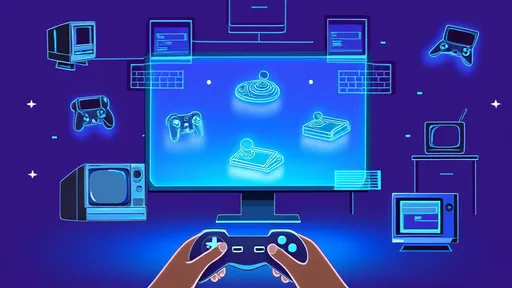
By /Jul 21, 2025

By /Jul 21, 2025

By /Jul 21, 2025

By /Jul 21, 2025

By /Jul 21, 2025
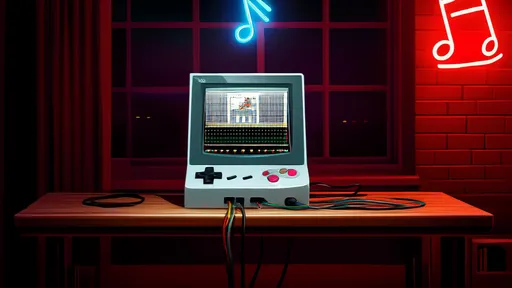
By /Jul 21, 2025
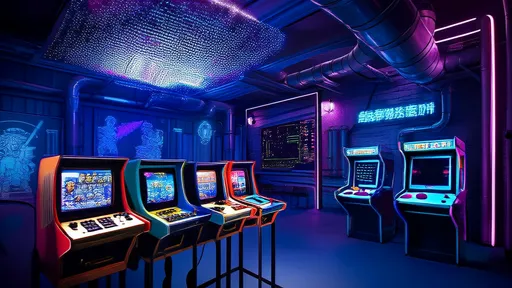
By /Jul 21, 2025
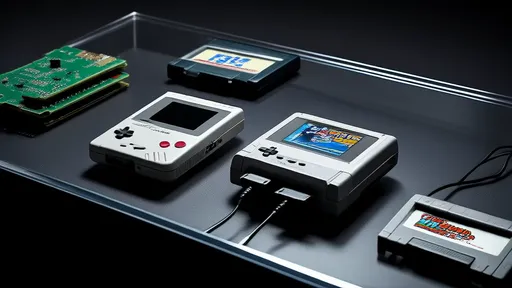
By /Jul 21, 2025
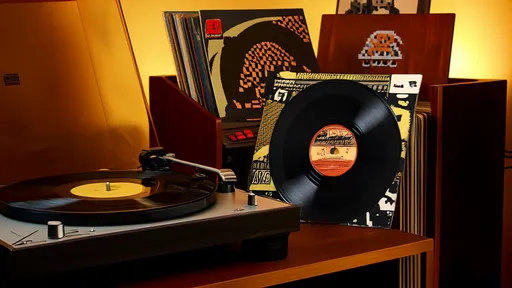
By /Jul 21, 2025
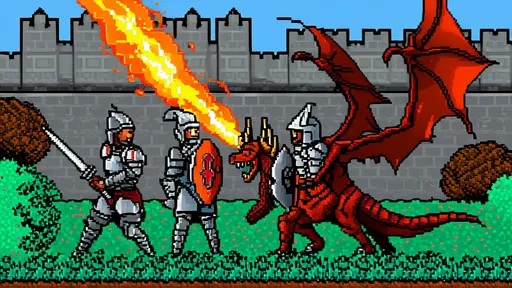
By /Jul 21, 2025

By /Jul 21, 2025
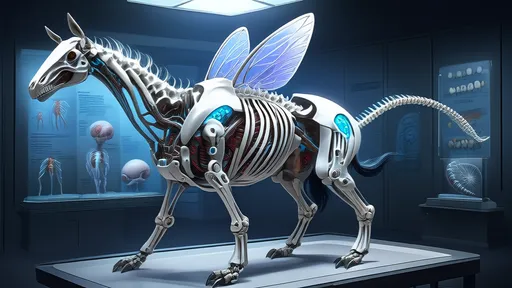
By /Jul 21, 2025

By /Jul 21, 2025

By /Jul 21, 2025

By /Jul 21, 2025

By /Jul 21, 2025